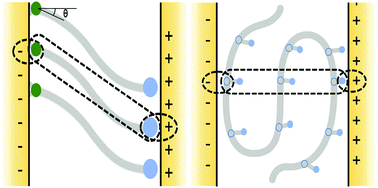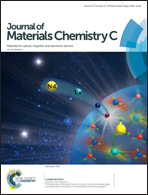Energy level alignment of dipolar interface layer in organic and hybrid perovskite solar cells
Abstract
The dipole moment of interface materials has played the key role in efficient charge extraction in organic and hybrid perovskite solar cells, but the mechanisms of the interaction at the interface and of the resulting energy level alignment have not been well established. In this review, the decoupled dipole moments at the interface are investigated and clarified by using both the theoretical and experimental findings, with particular focus on dipolar interface materials and the consequent energy level alignment in organic and hybrid perovskite solar cells. The mechanisms of interface dipole moments in the interface layer are evaluated by using spontaneously and nonspontaneously aligned dipolar molecules, thereby the energy-level adjustment of the dipolar interface layer in the devices are elucidated. The diverse dipolar interface materials (e.g., self-assembled monolayers, conjugated or nonconjugated polymer, neutral molecules or electrolytes, zwitterion based molecules, electrolyte grafted copolymer) are introduced and classified according to their working mechanisms of decoupled dipole moments at the interface. We conclude that an efficient interface material and its particular treatment can be designed and developed by exploring the underlying mechanisms of the decoupled dipole moments. Therefore, device characteristics may be advanced by the insights provided in this review.

- This article is part of the themed collection: Recent Review Articles


 Please wait while we load your content...
Please wait while we load your content...